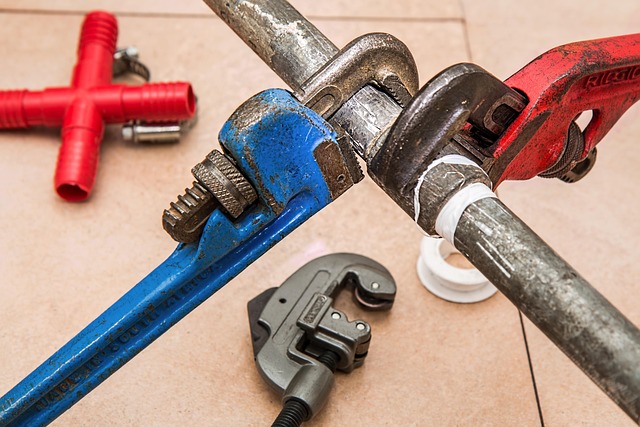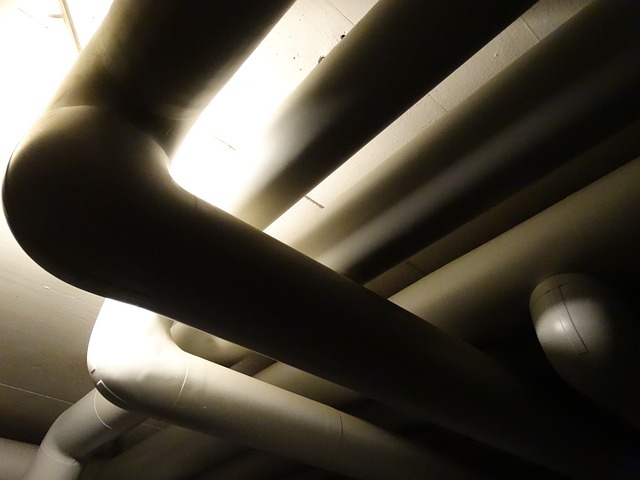Pipe leaks often go unnoticed until significant damage occurs, leading to costly repairs. To prevent this, homeowners should adopt proactive Pipe Leak Detection Tips. Regularly check for water stains, mold growth, or musty odors, and monitor water meter readings during low usage periods. Using tools like moisture meters and thermal imaging cameras can also help detect leaks early. If a leak is discovered, quickly turn off the main water supply, assess its severity, and repair it. For severe or hidden leaks, consult a professional plumber for assistance and advice on insulation and regular maintenance to prevent future issues.
“Uncovering silent intruders: The Silent Signs of a Pipe Leak is your ultimate guide to protecting your home. Every year, pipe leaks cause significant damage and costly repairs for homeowners. This article equips you with essential knowledge on recognizing common leak symptoms, from mysterious water stains to peculiar odours. We delve into effective detection methods using Pipe Leak Detection Tips, empowering you to act swiftly. Learn the steps to prevent and respond to leaks, ensuring your home remains a haven free from this silent menace.”
- Understanding Common Pipe Leak Symptoms
- Effective Pipe Leak Detection Methods for Homeowners
- Preventing and Responding to Pipe Leaks: A Comprehensive Guide
Understanding Common Pipe Leak Symptoms

Many pipe leaks go unnoticed for extended periods, causing significant damage and unnecessary costs. Understanding common symptoms is crucial for early detection. One of the most apparent signs is an unusual drop in water pressure throughout your home; this could indicate a leak somewhere in the plumbing system. Another telltale sign is persistent, mysterious water stains on floors or ceilings, especially near walls that border pipes.
Pay close attention to any strange noises coming from pipes, such as banging, dripping, or hissing sounds. These may suggest weak or damaged connections. Additionally, mold growth and musty odors in areas without direct moisture exposure can signal leaks, as water damage often fosters these conditions. Regularly checking for these silent signs is an effective pipe leak detection tip every homeowner should adopt to prevent severe water damage.
Effective Pipe Leak Detection Methods for Homeowners

Many homeowners often ignore subtle signs, missing potential pipe leaks until they become severe. However, with some basic Pipe Leak Detection Tips, you can stay ahead of these issues. Regularly checking for water stains on walls, ceilings, or floors is a good starting point. These stains might indicate hidden leaks, especially if they’re moldy or discolored. Another effective method is to examine your water meter during periods of low water usage; any sudden spikes could suggest an ongoing leak.
Using technology like moisture meters or thermal imaging cameras can also aid in Pipe Leak Detection. Moisture meters measure humidity levels, quickly identifying wet spots caused by leaks. Thermal imaging cameras, on the other hand, visualize temperature variations, helping you pinpoint areas with potential plumbing issues. These methods empower homeowners to take proactive measures and address leaks early, saving them from costly repairs and potential water damage.
Preventing and Responding to Pipe Leaks: A Comprehensive Guide

Preventing and responding to pipe leaks is a crucial aspect of home maintenance, saving you from costly damages and unexpected disruptions. Regular inspection is key; check for any signs of moisture or mold around pipes, as well as discolored or bloated areas. Implement Pipe Leak Detection Tips such as installing water leak detectors in hard-to-reach places and under fixtures to provide early warning systems. Additionally, keeping an eye on your water meter can help identify sudden spikes in water usage, which might indicate a hidden leak.
Should a leak occur, swift action is essential. Turn off the main water supply valve immediately to prevent further damage. Then, assess the extent of the leak and its location. If it’s a minor issue, like a faulty faucet, repair it yourself. However, for more severe leaks, especially in hidden pipes or under floors, professional assistance is recommended. A plumber can pinpoint the source, make precise repairs, and offer guidance on preventing future leaks through pipe insulation or regular maintenance checks.
Knowing the silent signs of a pipe leak is crucial for every homeowner. By understanding common symptoms and employing effective detection methods, you can proactively prevent or promptly address potential water damage. Remember, early action is key to minimizing repair costs and protecting your home’s integrity. Implement these pipe leak detection tips and stay one step ahead of unexpected plumbing issues.
